Dense phase conveying, also referred to as non-suspension flow, is one of the two main methods of pneumatic conveying. The other method is dilute phase conveying, and the main points of difference between the two are pressure, the solids’ properties and the rate of conveying speed. In particular, dense phase conveying deals with the transportation of abrasive, friable or heavy materials such as sands, soils, minerals, food, paper scraps and rocks.
Dense phase conveyors push materials through at a fairly low velocity with a low air-to-material ratio. Often, dense phase conveyors use an air compressor to generate high pressure levels to move materials through the system at a general average of 275 feet per minute. Typical industries that benefit from dense phase conveyors include pharmaceutical, chemical and food processing, foundry, mining, plastics and cement. Since dense phase conveying is ideal for moving large quantities of materials, it is often used in bulk material handling applications. However, dilute phase conveying may also be used if the materials being conveyed are both light-weight and non-abrasive.
A dense phase conveyor is an enclosed tubular conveyor that is operated through air pressure and is typically gravity or vacuum-loaded while discharging materials from the bottom; however, there are several different dense phase conveyor designs. The bottom-discharge design in particular lends itself so well to dense phase conveying because the materials being conveyed are so densely concentrated that they will naturally deposit at the bottom. Movement within gravity-loaded dense phase conveyors is typically generated by a blower at the starting end of the conveyor, although vacuum-loaded dense phase conveyors pull products through using a vacuum at the conveyor destination. When the material being conveyed is fluidized, it deposits at the bottom much like a deposit of liquid and is dragged, or pushed, along the bottom. In dense phase conveying, there are two different manners of flow: moving-bed flow and plug flow. Moving-bed flow occurs when the material is conveyed along the bottom of the conveyor pipeline, whereas plug flow occurs when the material is conveyed in units, called plugs or slugs, which are separated by air gaps rather than one fluid body.
A full dense phase conveying system has multiple mechanical components and pieces of equipment that work in tandem to process bulk material. The system feeds pressurized air into a vessel that is fed by the storage silo. This compressor is regulated by both an air receiver and an air control panel. Since different bulk materials will need different pressures to achieve motion, operators can input the appropriate pressure into the main control panel. The pressure moves the particles through the tube and into a deceleration zone before dumping them in the receiving bin. This bin is also a controlled environment where the pressure can be regulated externally.
The main advantage of a dense phase conveying system is that it has the ability to transport heavy materials and particles because of the extremely high pressure that it creates. A low velocity system requires less air and is gentler on materials, which in turn reduces wear on the system’s equipment. Many industries who deal with bulk materials on a regular basis employ a dense phase system because it doesn’t do as much damage to large particles during motion.
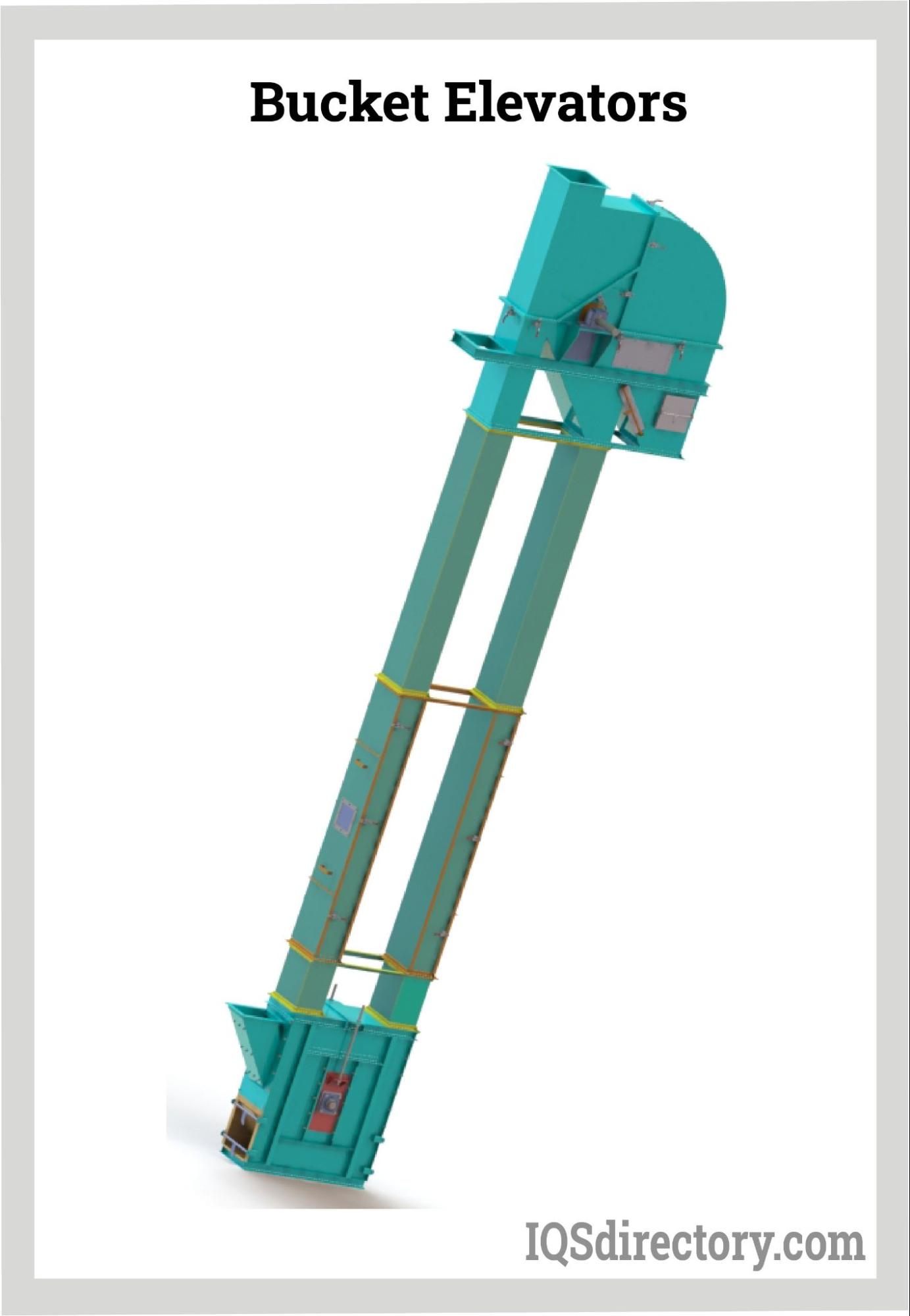
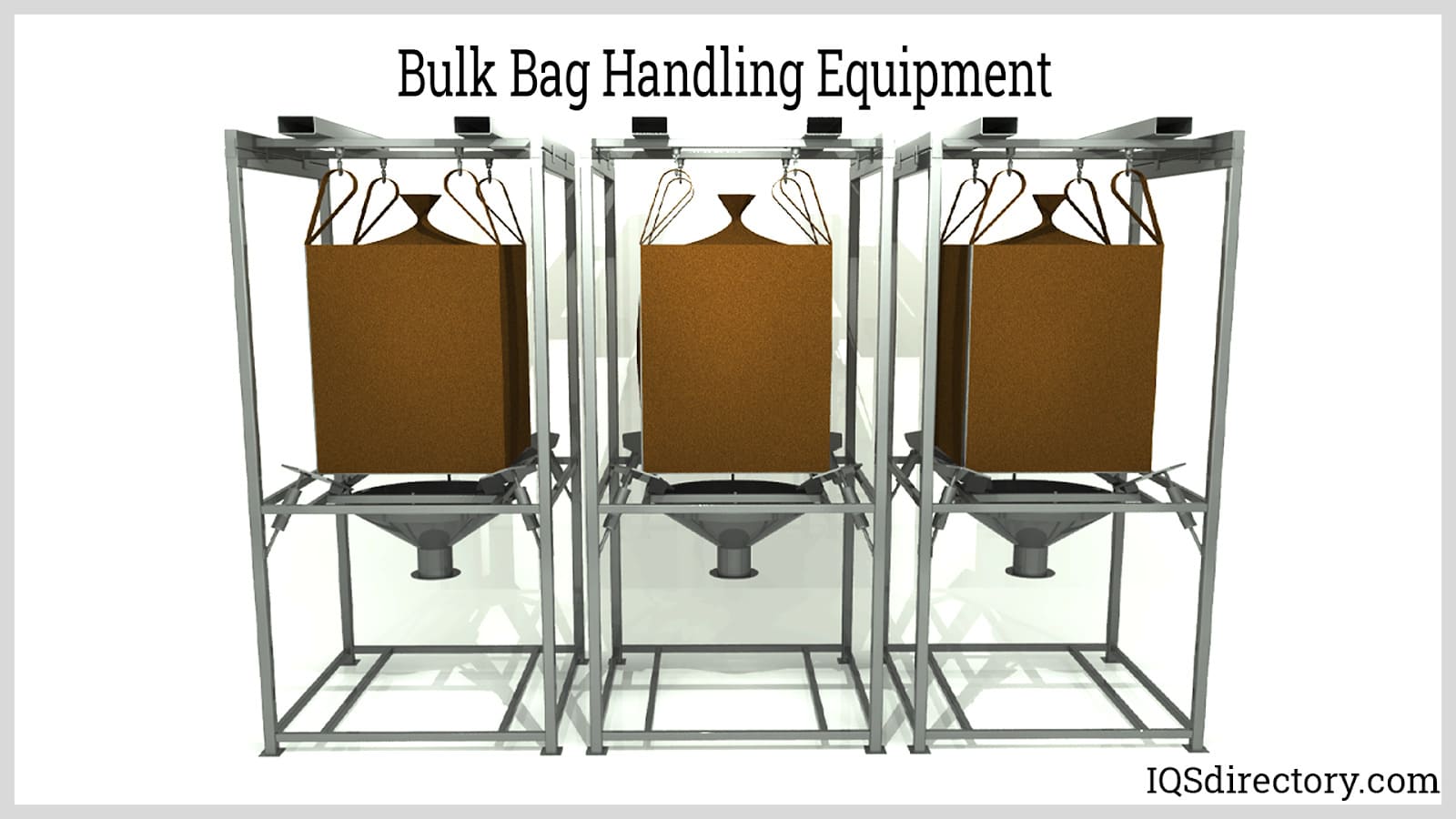
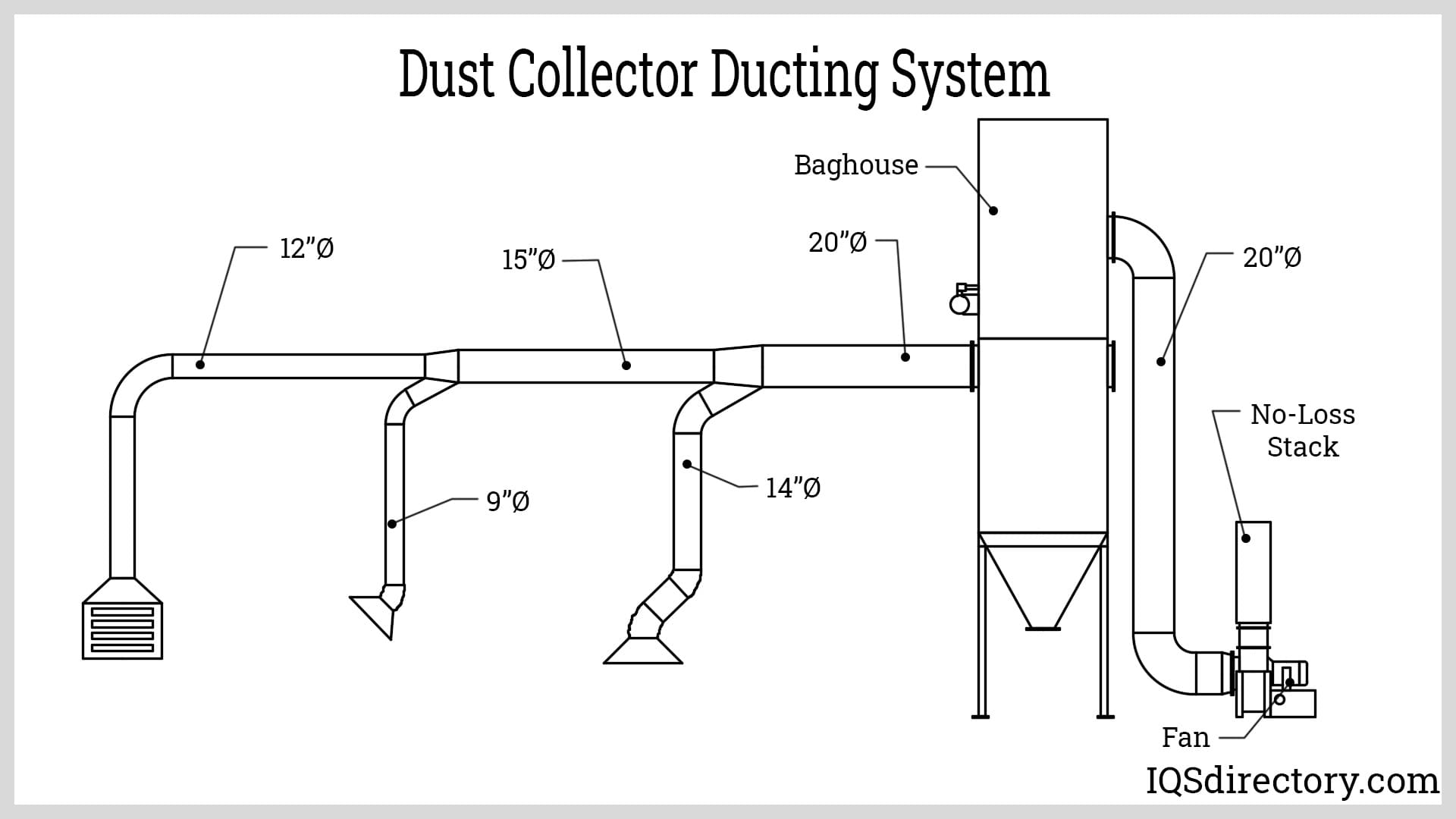
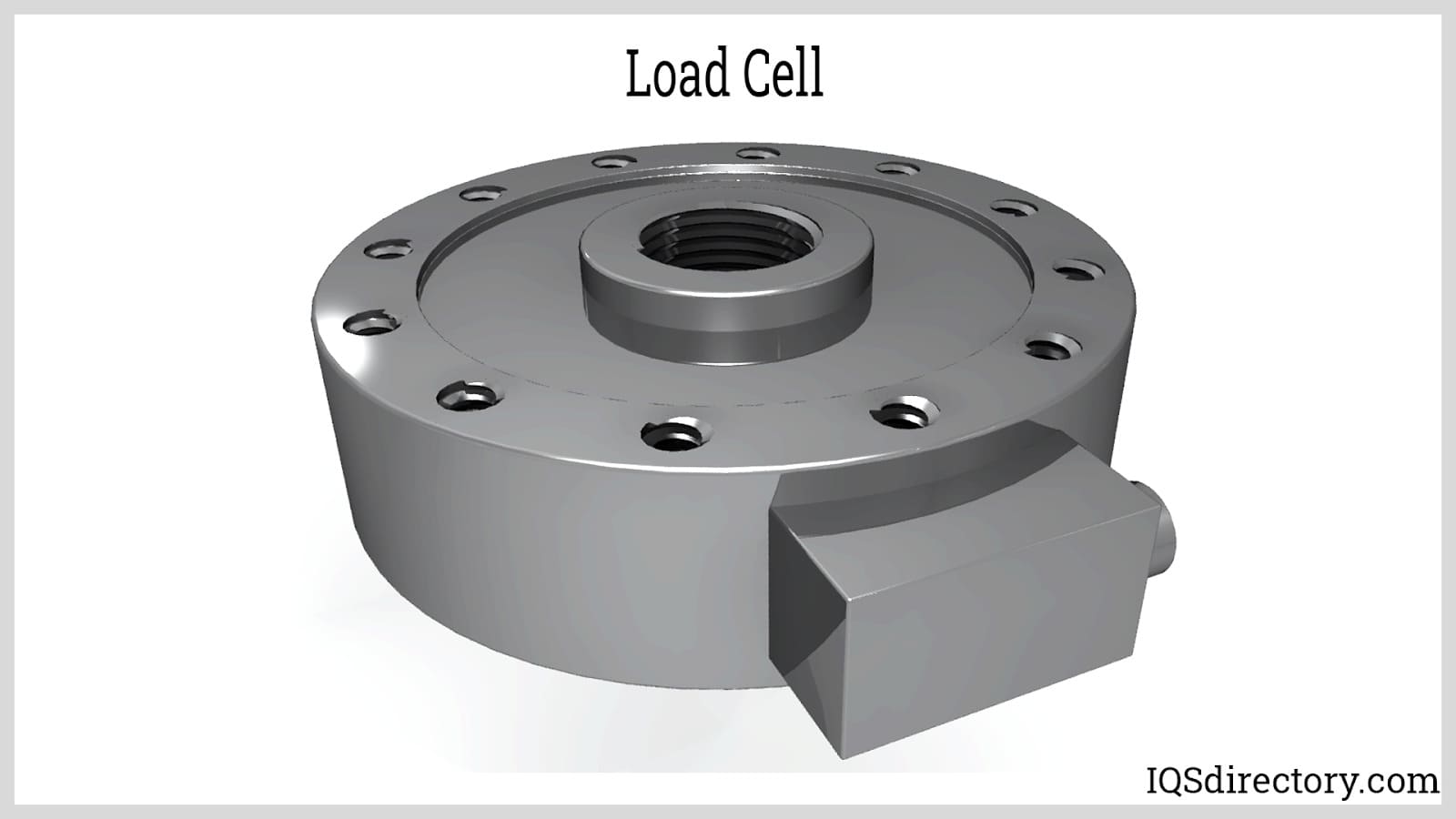
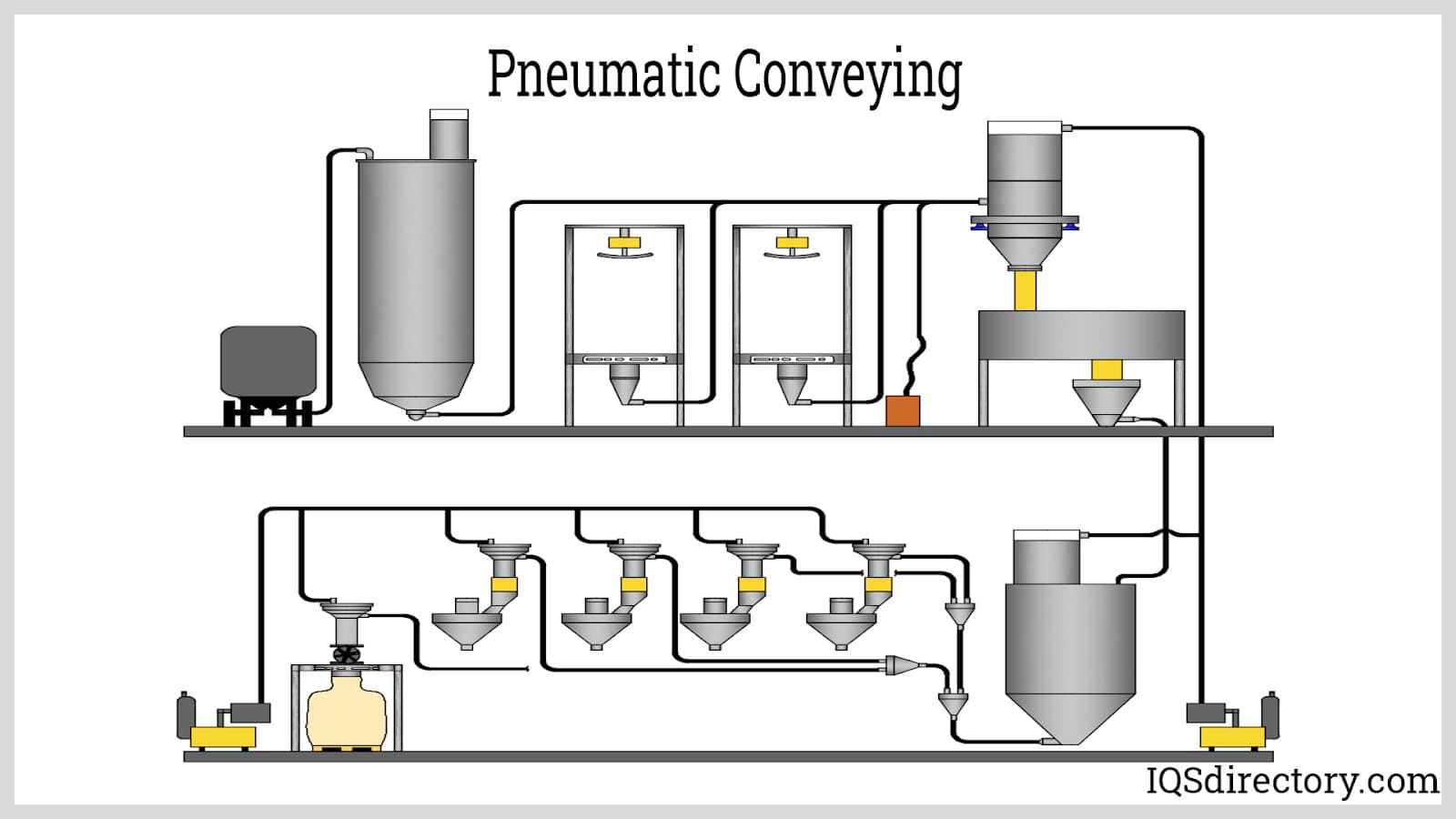
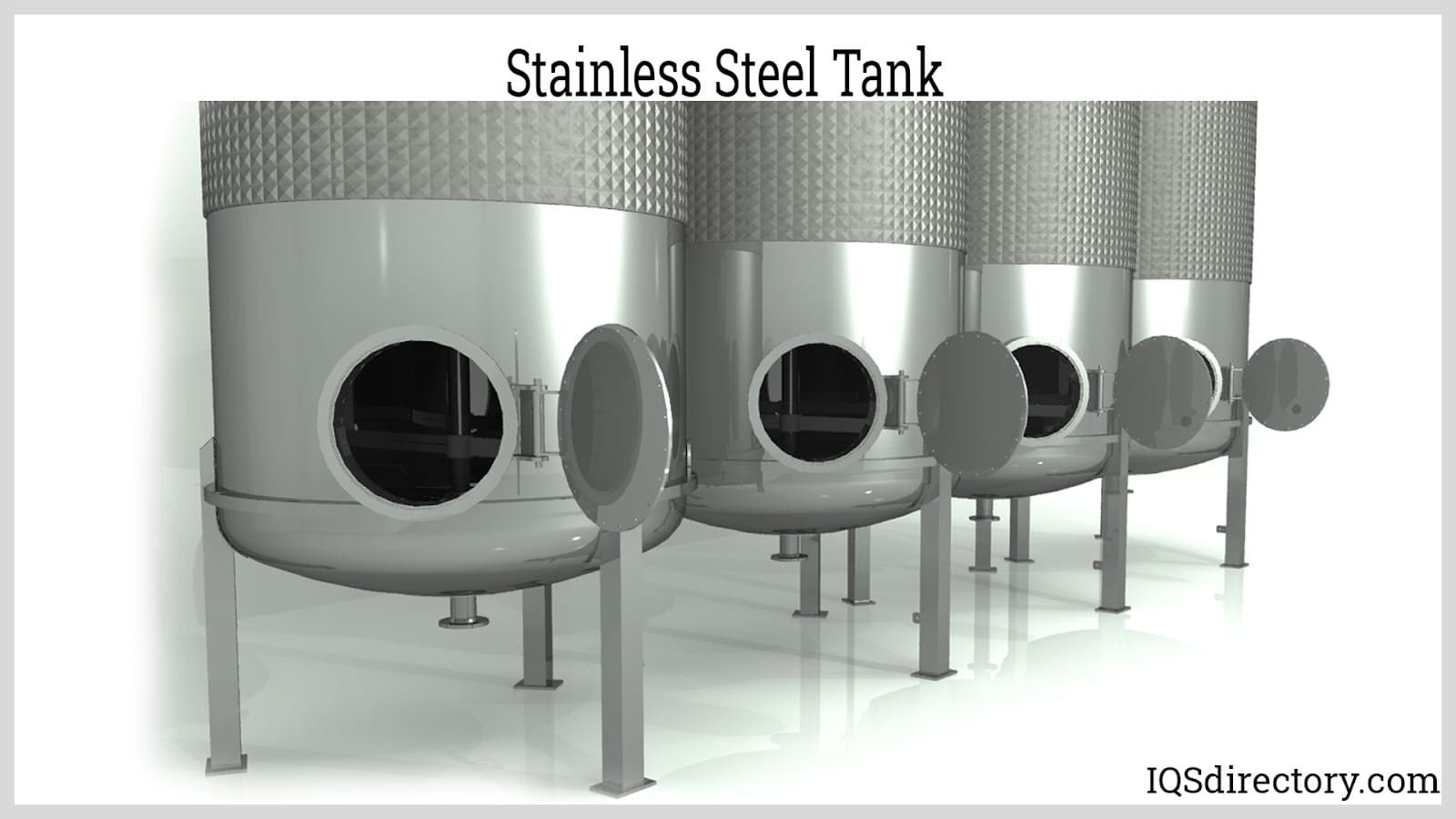
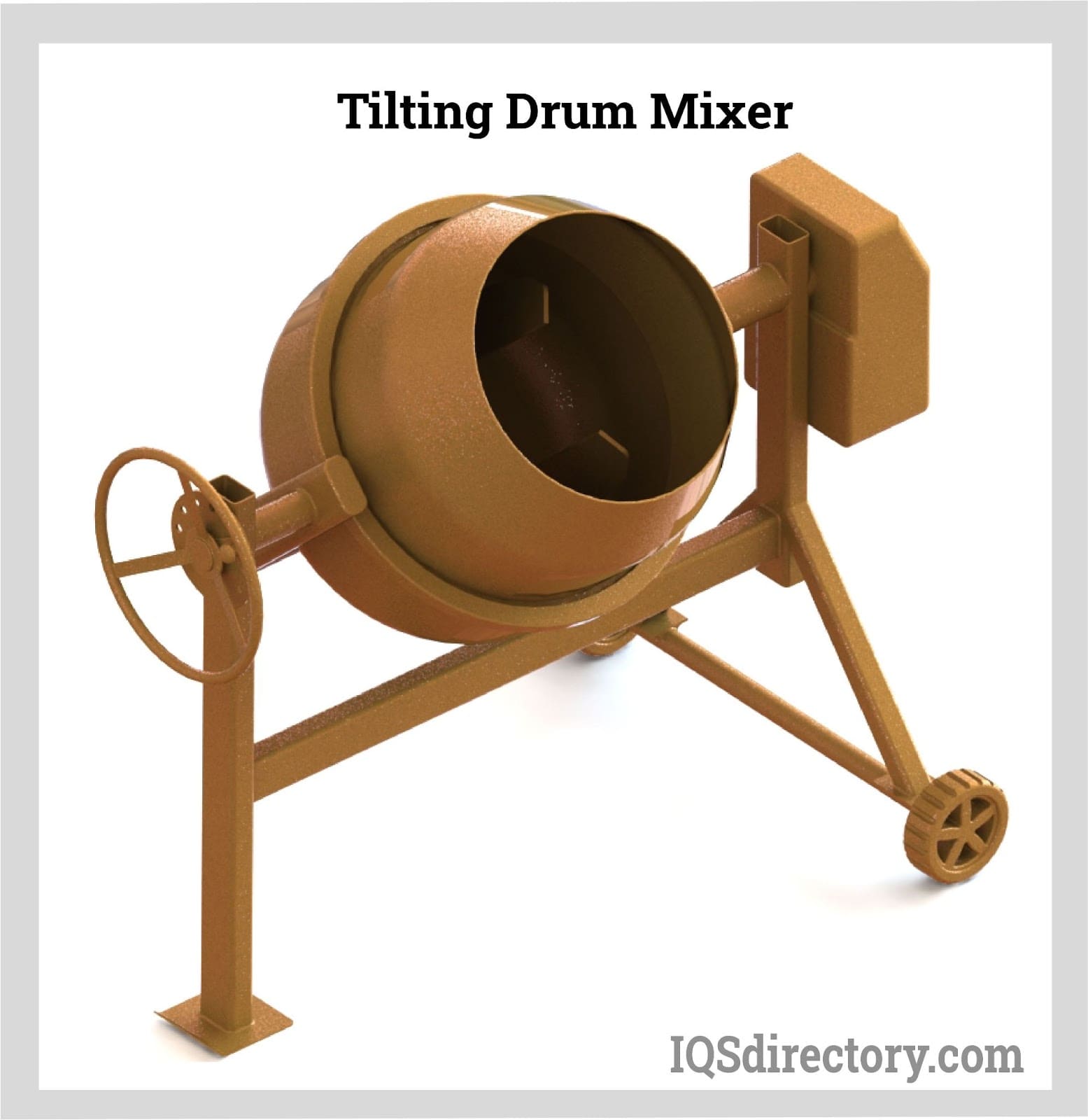
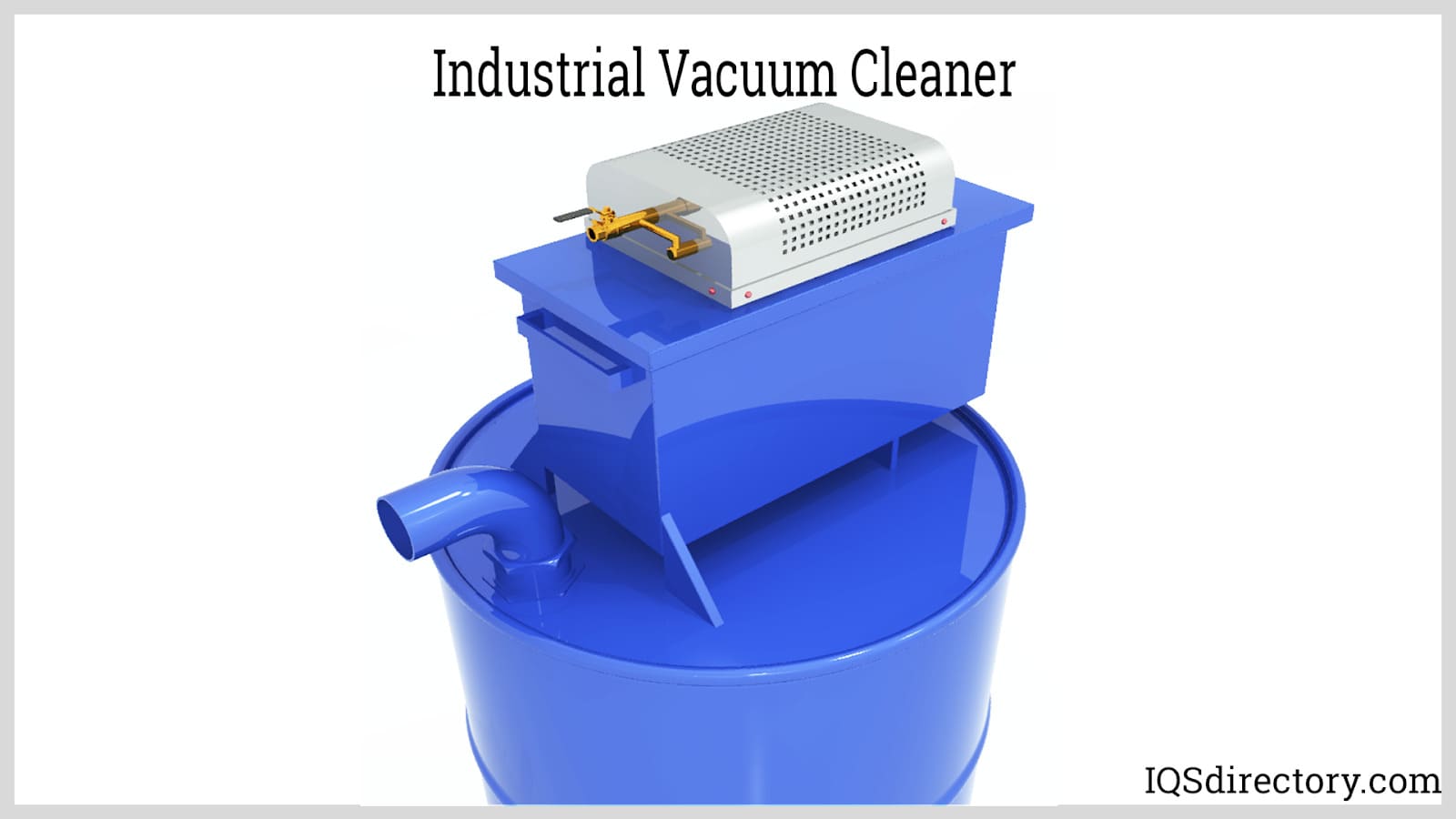

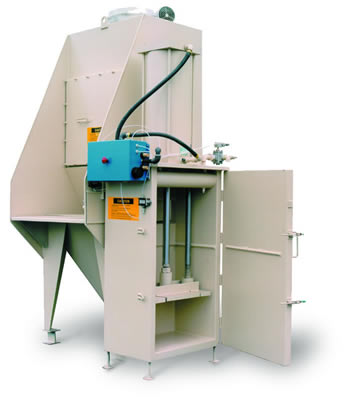 Bulk Bag Handling
Bulk Bag Handling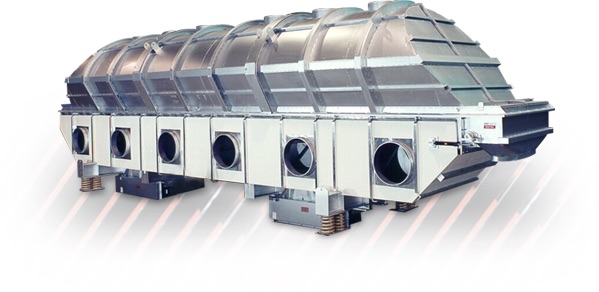 Industrial Dryers
Industrial Dryers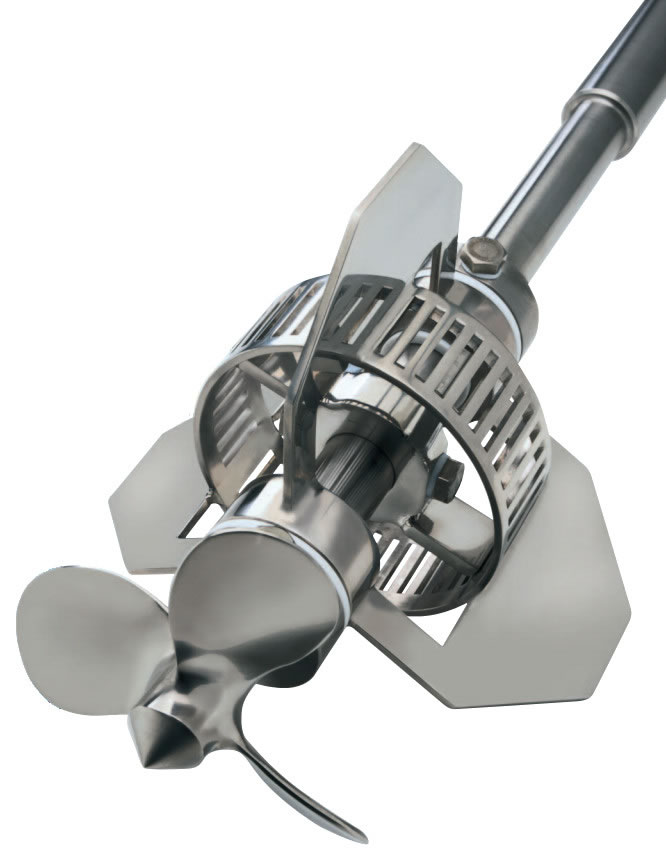 Industrial Mixers
Industrial Mixers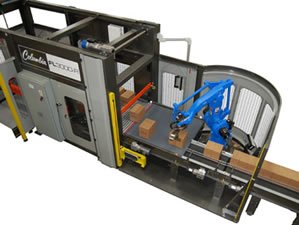 Palletizers
Palletizers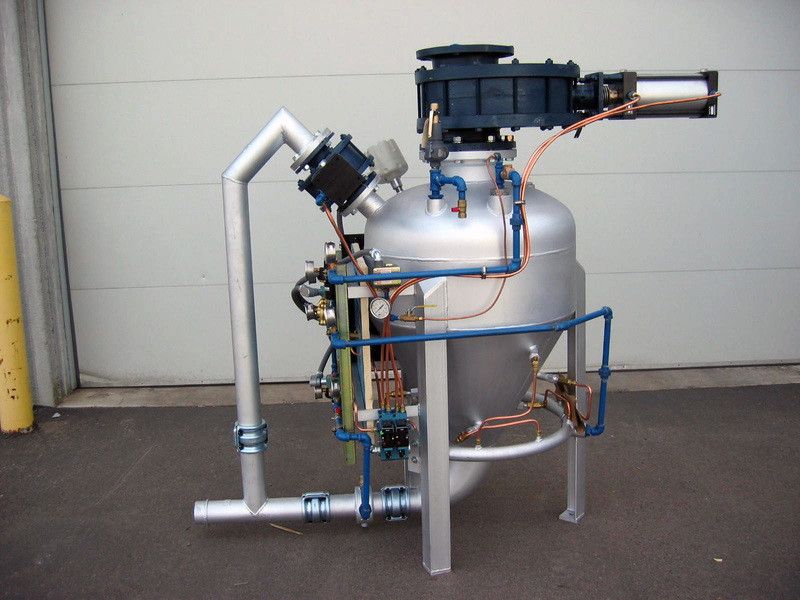 Pneumatic Conveyors
Pneumatic Conveyors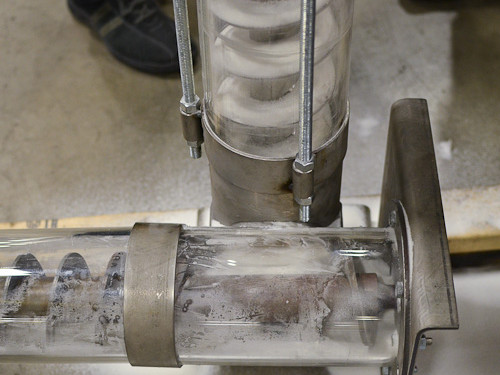 Screw Conveyors
Screw Conveyors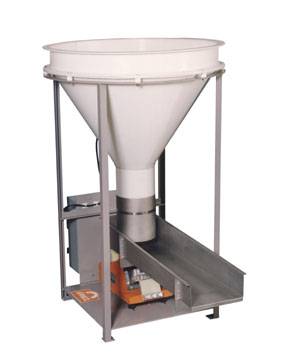 Vibratory Feeders
Vibratory Feeders Weighing Systems & Scales
Weighing Systems & Scales Castings & Forgings
Castings & Forgings Bulk Material Handling
Bulk Material Handling Electrical & Electronic Components
Electrical & Electronic Components Flow Instrumentation
Flow Instrumentation Hardware
Hardware Material Handling Equipment
Material Handling Equipment Metal Cutting Services
Metal Cutting Services Metal Forming Services
Metal Forming Services Metal Suppliers
Metal Suppliers Motion Control Products
Motion Control Products Plant & Facility Equipment
Plant & Facility Equipment Plant & Facility Supplies
Plant & Facility Supplies Plastic Molding Processes
Plastic Molding Processes Pumps & Valves
Pumps & Valves Recycling Equipment
Recycling Equipment Rubber Products & Services
Rubber Products & Services